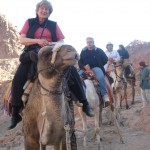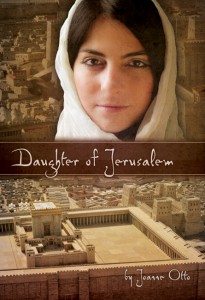 Aside from the people I love and the joy of playing piano, two things have deeply enriched my life–teaching children and studying the life-transforming Word of the Bible.
Aside from the people I love and the joy of playing piano, two things have deeply enriched my life–teaching children and studying the life-transforming Word of the Bible.
The You-Song grew out of my teaching experience. After years as a classroom teacher (English and foreign languages), I was trained as an academic language therapist to help children struggling with learning differences such as dyslexia to gain reading and writing skills through a multisensory approach.The program I used (Alphabetic Phonics) is carefully sequenced, and reading materials need to be in sync with concepts already introduced.
I began to think in terms of writing something in words that would mesh with this program, but that would also give the children a taste of beauty both through language and pictures. Out of this vision the text of The You-Song developed, but without pictures it simply wasn’t complete.
For about ten years it was reread, revised, and shared with a few children for their comments. (In fact, it was one of my young students who had the idea of showing a little girl with her expectant mom to illustrate that “no other song can take your place.”) But not until my friend Angela Sage Larsen, author of the Petalwink and Fifties Chix books, showed me a simple path to publication and my talented daughter Meghan Williams offered to design its pages was The You-Song able to move forward to its wider audience.
 Daughter of Jerusalem, of course, grew from my love of the Bible. I have participated in numberless Bible courses and workshops, studied it with the aid of a wealth of reference books and websites, and, since 2004, taken four trips to Bible lands, which have made it come alive for me as never before. A few years ago during a visit with Meghan, I shared the bare outlines of a story that had come to me over 25 years earlier about a young Jewish woman in first-century Jerusalem whose life is deeply influenced by Jesus. Immediately she insisted, “Mom, you have got to write this book.”
Daughter of Jerusalem, of course, grew from my love of the Bible. I have participated in numberless Bible courses and workshops, studied it with the aid of a wealth of reference books and websites, and, since 2004, taken four trips to Bible lands, which have made it come alive for me as never before. A few years ago during a visit with Meghan, I shared the bare outlines of a story that had come to me over 25 years earlier about a young Jewish woman in first-century Jerusalem whose life is deeply influenced by Jesus. Immediately she insisted, “Mom, you have got to write this book.”
Fast forward to March 2012. After months of additional research and a second visit to Jerusalem, I began to wonder if I had the creative imagination to actually write the book. Then I thought of Angela. Perhaps she would collaborate with me. Over lunch, she expressed her enthusiasm for the idea, but said she wouldn’t be able to do any collaborating until she had fulfilled a book contract. I asked if there was anything I could do in the meantime. “Yes,” she said, “write me an outline of the story.”
Before I knew it, the outline had developed into 11 closely written pages, and I was having the time of my life. I began to wonder what would happen if I started fleshing out that outline myself. Within a few months the first draft of my manuscript was completed, and I had loved every minute of writing it.



